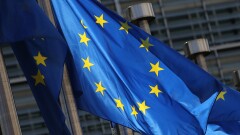At the start of 2020, contactless payments were constrained. In countries like the U.S. and India, they were either lacking adoption or actively opposed; and in other parts of the world, contactless payments were held to strict transaction limits before requiring extra authentication.
But the year — and the coronavirus pandemic — caused a dramatic shift in attitude. Many consumers and merchants now saw contactless cards and mobile payments as a way to move ahead without the germ fears that come with touching cash and PIN pads. And even after those fears subsided, the new habits stuck around.
This story was compiled from reporting by PaymentsSource writers including John Adams, Kate Fitzgerald, David Heun, Michael Moeser and Daniel Wolfe.
















